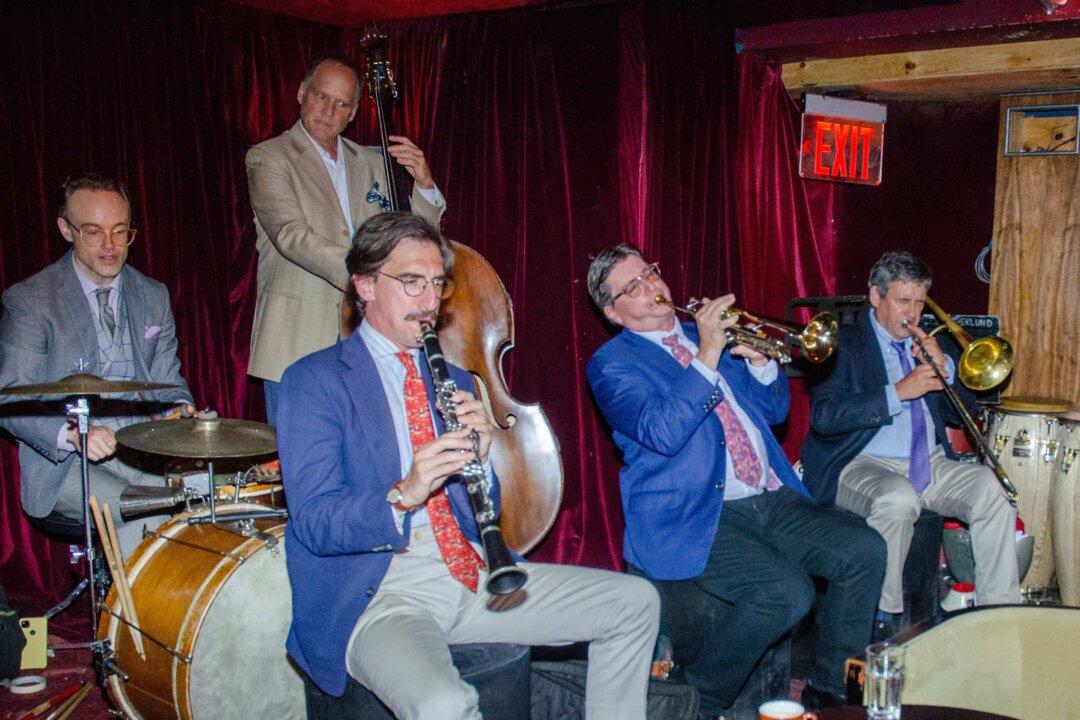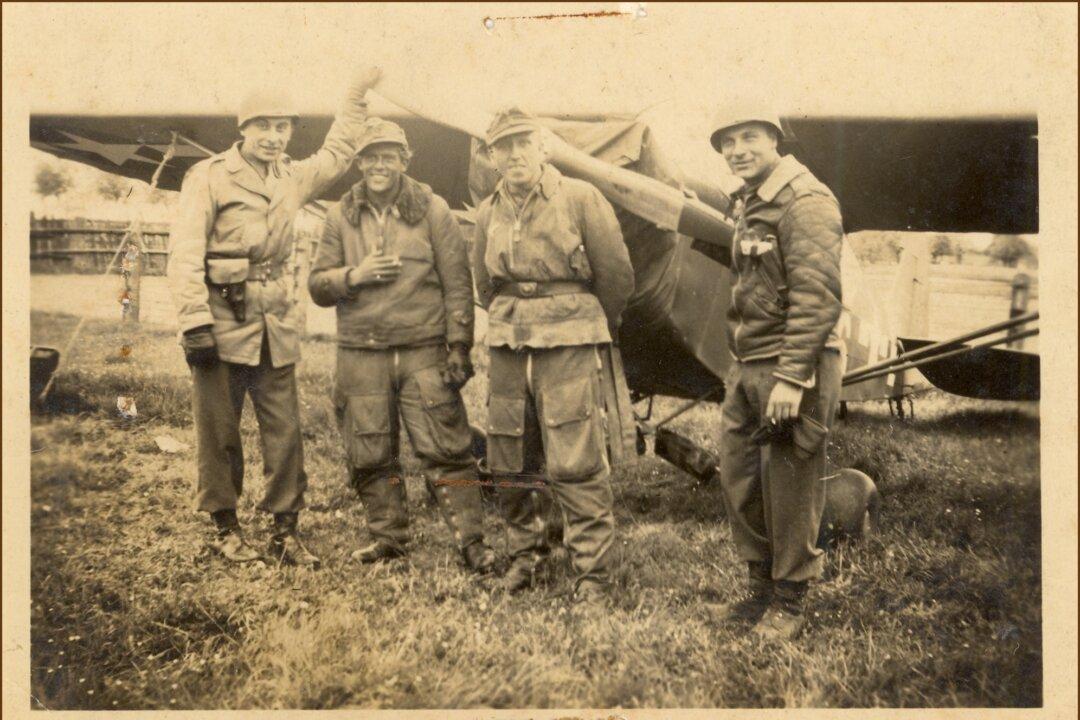Oona Brown, 17, and her brother Gage Brown, 19, are on Team USA for U.S. Figure Skating. Although their lifetimes are short thus far, those lifetimes have been spent mostly on the ice.
Their story begins in 2008, when Oona was 4 and Gage was 6. Gage and his older siblings were being homeschooled by their mother, Zhon Brown. To fulfill their physical education requirement, she took them to an ice-skating rink, where the class was taught by a coach. Oona tagged along.






